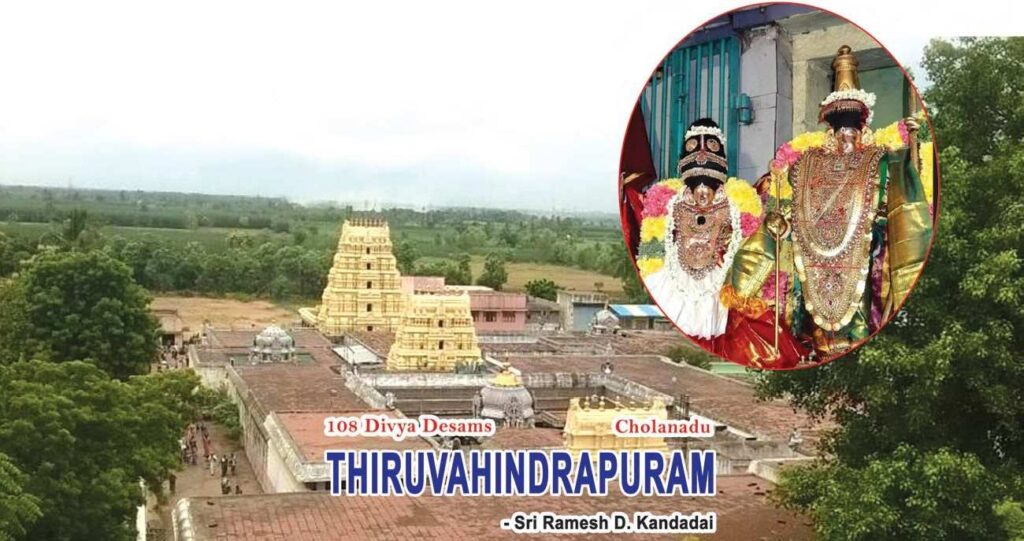Sri Devanayakan Temple Thiruvahindrapuram – Location The distance between Thiruvahindrapuram and Chennai is 200 km. It is towards the west of the town of Cuddalore. Thiruvahindrapuram is one of the most famous Divya Desams. A part of the temple is at the ground level whereas the other half is on a small hillock. The temple’s Read More
Ads Blocker Detected!!!
We have detected that you are using extensions to block ads. Please support us by disabling these ads blocker.

